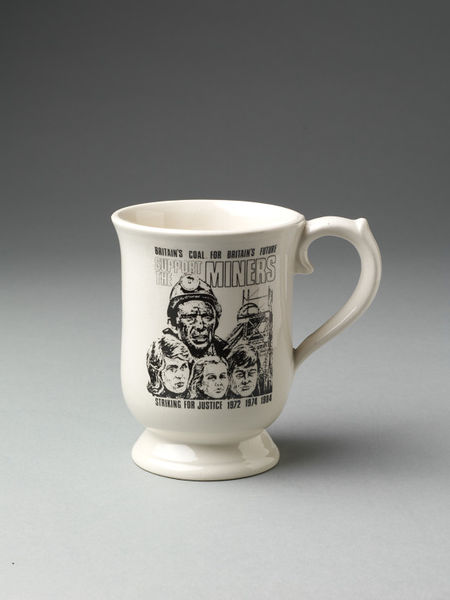Since I visited the Marx Memorial Library in Clerkenwell I have been harbouring an interest in porcelain, pots, ceramics and such folk, craft, popular art objects which commemorate radical moments in history.

So I thought I would have a little look at what else I can find online.
First place I found was a listings website in Manchester which brought my attention to the People's History Museum (itself very interesting and perhaps more in another post).
The image above is a jug from 1819 which commemorates "The Manchester Massacre", text on the front reads "MAY THE CAUSE OF DISTRESS BE SOON BANISHED FROM THE BRITISH EMPIRE".
Manchester Art Gallery has a large amount of pots and jugs in its collection. Incidentally they also have a new exhibition coming up on 'Wonder Women' commemorating the struggle for women's suffrage in Manchester and its relation to art.
A jug commemorating Peterloo and Henry Hunt's arrest made in 1819 in Liverpool. Peterloo was apparently one of the first major political events to be commemorated on transfer printed pottery.
"No Corn Bill / Universal Sufferage".

This is ceramic "votes for women" bell from the 1920s.

Miner's strike mug from 1984. "Britain's coal for Britain's future, support the miner's".
Stokescroft China from Bristol has some examples of people making ceramics printed with a political messages form the present day. Unsurprisingly every single image seems to absolutely horrible, lacking any sort of finesse from the historical examples above. Still interesting to see people still at it.
Any more examples?





Comments
Neat stuff. I have a radical
Neat stuff.
I have a radical pottery anecdote but will have to tell you in person…
the Soviets did a whole
the Soviets did a whole series of revolutionary images on plates in the decade after the revolution